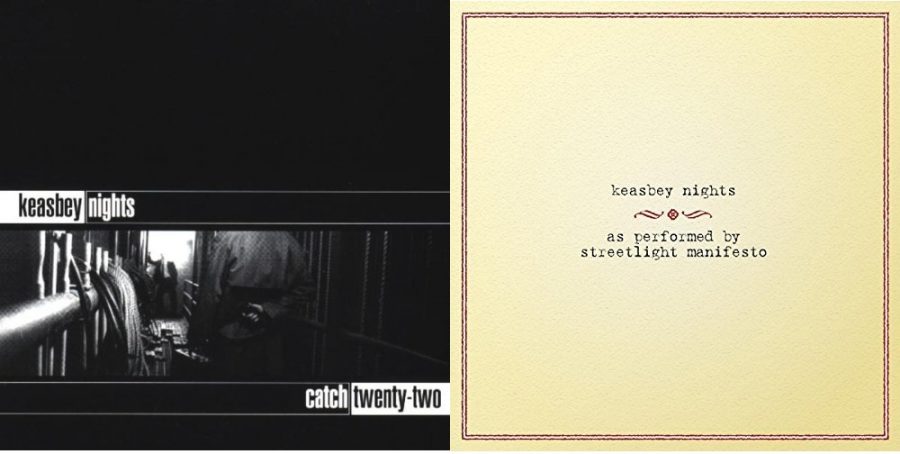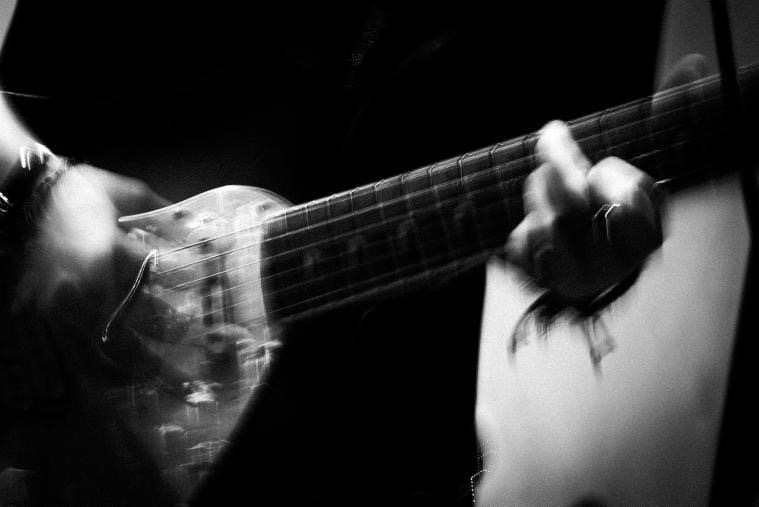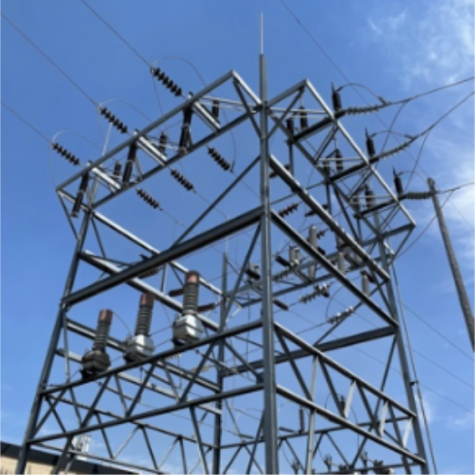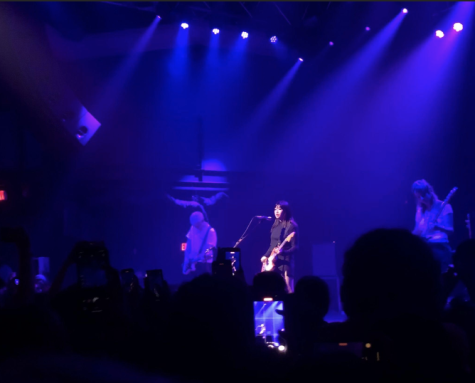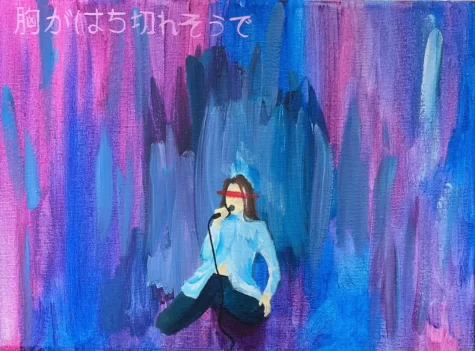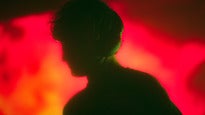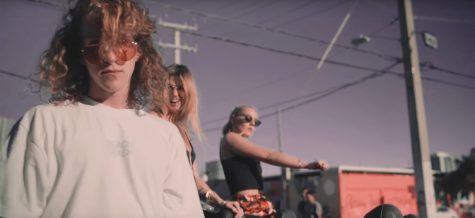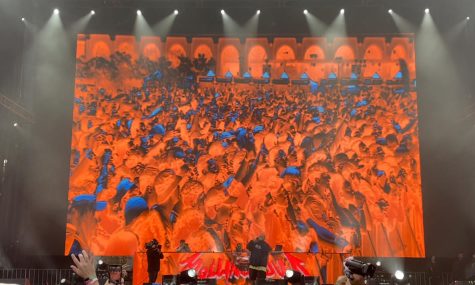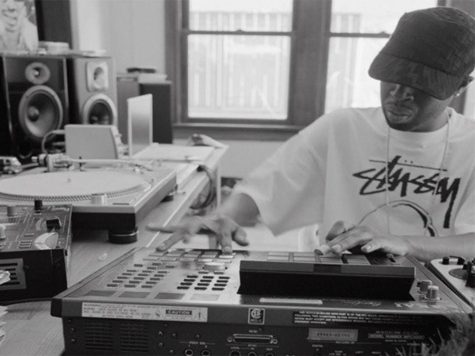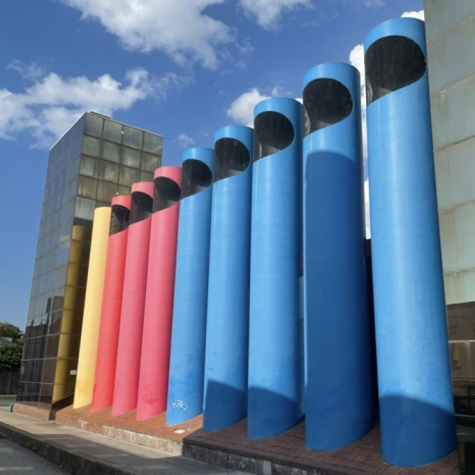Keasbey Nights 20 Years and Two Recordings Later
April 5, 2018
A few weeks ago, on March 24, third-wave ska classic Keasbey Nights celebrated its 20th birthday. It initially served as Catch 22’s debut record, as well as only with Tomas Kalnoky as the lead singer. He later went on to become the lead singer and primary songwriter of Streetlight Manifesto, a band who has had its own law-suit laden controversy. Streetlight, in an attempt to prevent their label from re-releasing the Catch 22 version of Keasbey without their permission, decided to re-record the album, ultimately releasing it in 2006 as Streetlight’s second record. Both versions are fantastic records, and are required listens for anyone who even has a passing interest in the genre. But to celebrate the album’s belated birthday, I’ll doing a track-by-track analysis of whether I prefer the Catch 22 or Streetlight Manifesto version of either. Comparing recordings of pieces is something the classical music fanbase gets to do quite often, so I’m excited to do it for a ska punk record. Let’s get started!
Dear Sergio
Streetlight Manifesto
The opening track is, to me, one of the definitive examples of what sets the two bands apart from other bands in the genre. While it does share some features with other ska songs, namely the syncopated guitars and horn riffs, the song, compositionally, has such a different style and sound. It was initially difficult to make a decision, but ultimately it came down to the verse that Kalnoky added to the song. While it was initially added for the Bandits of the Acoustic Revolution version of the song, he kept it for the Streetlight recording and it adds so much to the song that it is almost unfair to compare the versions.
Sick & Sad
Catch 22
See? I’m not just gonna say the Streetlight versions are all better (despite that being the first version I heard). The primary difference between the two versions is that the Catch 22 recording sounds raw and unpolished. This is the first song where I believe that style works more than the more polished, produced style of the Streetlight version.
Keasbey Nights
Streetlight Manifesto
Ah, yes. The title track. With one of the best choruses to shout along to at the top of your lungs. Or at least, along to the Streetlight Manifesto version. This was by far the easiest opinion to form for me. The Catch 22 version is just too slow and lacking in energy for me. If you’re singing about how you’re going to be dead by the end of the night, at least sound like you’re somewhat worried about it.
Day In, Day Out
Streetlight Manifesto
Similar to “Dear Sergio,” this decision was purely based on the fact that Tomas added a verse to the Streetlight versions that deepens the song’s universe and tells a much more advanced story than the Catch 22 version. Again, somewhat unfair, but I’m taking the songs at face value here.
Walking Away
Streetlight Manifesto
This decision was made purely based on the trombone solo. As a trombonist myself, I appreciate the technical skill of Mike Soprano’s soloing on this version, especially the call-and-response section he has with trumpeter Jamie Egan. Absolutely stunning technique here and it makes me wish I was better at styles of playing besides classical.
Giving Up, Giving In
Catch 22
Again, much like “Sick & Sad,” the raw aesthetic of the Catch 22 version works so much better here. Especially given the song’s subject matter—giving up—having a polished sound simply doesn’t work as well.
On & On & On
Streetlight Manifesto
This one was difficult, primarily because I’ve never had strong feelings towards this song as I do with most of the record. It’s not a bad song, but I could take it or leave it. I ultimately gave it to Streetlight because their version simply sounds better sonically.
Riding the Fourth Wave
Streetlight Manifesto
It’s hard to imagine the short instrumental on the record causing them, but I have INCREDIBLY strong opinions on why the Streetlight version is better here. But it ultimately comes down to the quality of the soloing, much like in ÛWalking Away.” The entire horn section—Mike Soprano on trombone, Jim Conti on tenor sax, Dan Ross on alto sax, and Jamie Egan on trumpet—show off how talented they are in this section and I haven’t head a single ska band show as much talent in two minutes as Streetlight Manifesto shows here.
This One Goes Out To…
Streetlight Manifesto
I’m slowly realizing how many of my opinions are based entirely on the musicality of the soloing. But the Streetlight version features Jim Conti absolutely WAILING on his tenor sax solo, and it makes what would otherwise be a simple cover version into a great re-orchestration.
Supernothing
Catch 22
I know I keep using this as a reason (and it’s not the last time I will use it) but, the sonic “garbage” of the Catch 22 record just simply works here, and further advances the anger and frustration the song’s narrator must feel
9mm and a Three Piece Suit
Catch 22
This was one of the most difficult decisions to make, because this is one of my favorite songs from Keasbey. But, for similar reasons mentioned above, I had to give it to the original version. The lyrics evokes images of dirty, barely lit, film noir scenes, and the Catch 22 version seems to be the perfect soundtrack to those scenes.
Kristina She Don’t Know I Exist
IT’S A TIE
Yell at me for copping out—I don’t care. This song is too perfect in both versions to have one be ranked higher than the other. While the instruments that solo are different between the two versions, they all are well done and show incredible talent on the part of the bands’ horn sections (Let’s face it—you don’t hear flute much in ska-point for Catch 22). Also, the story is a universal truth for almost anyone who ever was in middle school at some point.
As The Footsteps Die Out Forever
Streetlight Manifesto
I remember when I first found out that Keasbey Nights wasn’t first a Streetlight Manifesto record, I was surprised at how forward thinking a lot of it would have been, musically, for when the record would’ve been initially released. This was the song that reminded me the most of Streetlight’s other songs, given it’s depressing but necessary subject matter, and I feel like the extra years of maturity did Kalnoky did good in regards to his delivery of the lyrics.
1234 1234
Streetlight Manifesto
The first few minutes of this song are about equal to me in their versions. They are nearly identical, apart from the sonic improvements in the Streetlight version. But what elevates the newer version for me is what replaces the long shout-out section on the Catch 22 version. In place of them, there is a text-to-speech interview explaining why this new version of Keasbey Nights even exists in the first place. From this interview I’ve pulled a few of my personal mottos: “Whatever you want to call it, it’ll piss people off, and that, at the end of the day, is all that really matters” and “We’re going to keep doing what we do whether or not a single record is sold.” That attitude about creation and music making is something I find incredibly admirable, and, while it is the same person responsible for the creation of both versions of Keasbey, the way that the new version beings up these issues makes it that much better for me.
What to decide for yourself which versions of the songs you like best? Check out the Spotify playlist I made to A/B the versions! Let me know what yinz think on Twitter or Facebook!

